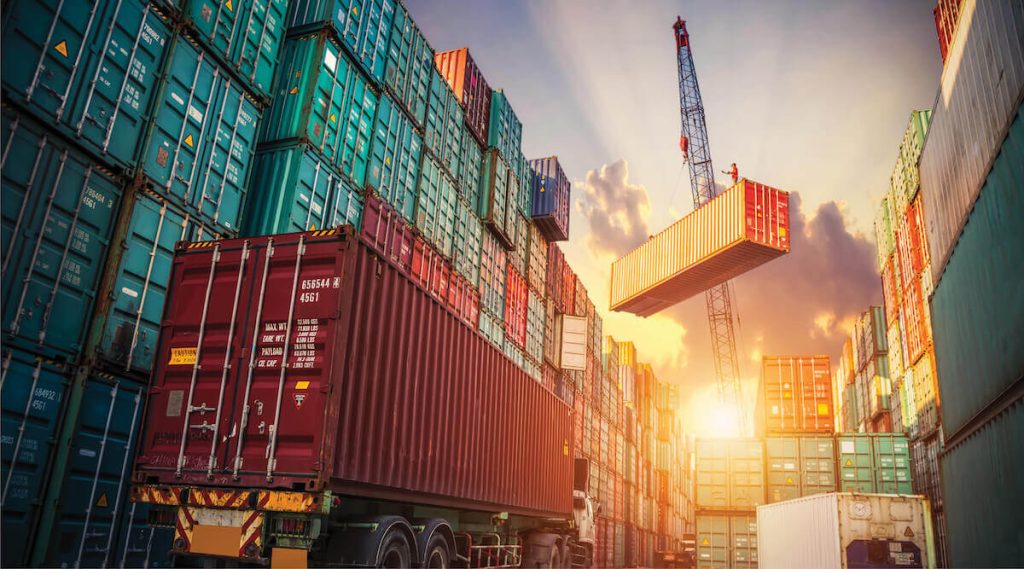Supply Chain Resilience on Overcoming Disruptions in Logistics
Supply chain resilience is a critical aspect of modern logistics, as businesses face an increasingly complex and interconnected global marketplace. The ability to adapt and recover swiftly from disruptions has become paramount in sustaining operations and meeting customer demands. Disruptions in logistics can stem from various sources, including natural disasters, geopolitical events, pandemics, or even technological failures. In the face of such challenges, organizations must employ proactive strategies to enhance their supply chain resilience. One key element in overcoming disruptions is the implementation of robust risk management practices. This involves identifying potential vulnerabilities in the supply chain and developing contingency plans to mitigate the impact of disruptions. By conducting thorough risk assessments, businesses can anticipate potential challenges and strategically position themselves to navigate through unforeseen circumstances. Additionally, fostering strong partnerships with suppliers and key stakeholders is crucial. Collaborative relationships enable information sharing and swift communication, allowing for quicker response times when disruptions occur.

The establishment of alternative suppliers and diversified sourcing strategies further contributes to resilience, reducing dependency on a single source for critical components. Technology plays a pivotal role in enhancing supply chain resilience hauling contract. Leveraging advanced analytics, artificial intelligence, and real-time monitoring systems provides organizations with greater visibility into their supply chains. Predictive analytics can help forecast potential disruptions, enabling proactive decision-making and risk mitigation. Furthermore, the integration of Internet of Things IoT devices and blockchain technology facilitates traceability and transparency, ensuring accountability across the supply chain. Automation and robotics can also streamline operations, reducing dependency on manual processes and minimizing the risk of human error. Building redundancy into logistics networks is another effective strategy for enhancing resilience. This involves creating backup systems and redundancies at various points in the supply chain, ensuring continuity even if a particular node experiences disruption. For instance, having multiple distribution centers in geographically dispersed locations can help mitigate the impact of regional disruptions.
Similarly, safety stock levels and strategic inventory placements contribute to maintaining operational flexibility and responsiveness during turbulent times. Education and training are vital components of a resilient supply chain. Ensuring that employees are well-versed in emergency response protocols and crisis management enhances the organization’s overall preparedness. Regular drills and simulations can help identify weaknesses in the existing supply chain resilience plan, allowing for continuous improvement and adaptation to evolving threats. In conclusion, achieving supply chain resilience requires a comprehensive and multifaceted approach. From proactive risk management and technological integration to strategic partnerships and redundancy planning, businesses must invest in a resilient infrastructure. As the global marketplace continues to evolve, organizations that prioritize and fortify their supply chain resilience will be better equipped to navigate disruptions, maintain operational continuity, and ultimately thrive in a rapidly changing business environment.
